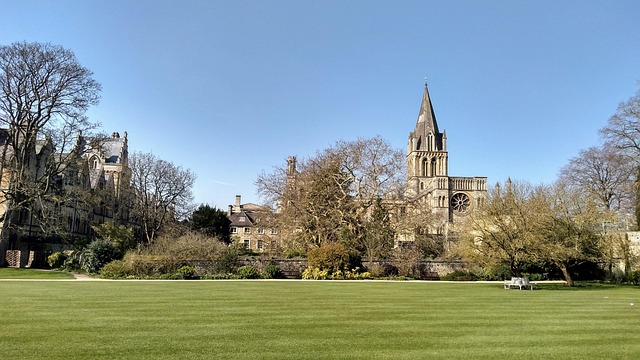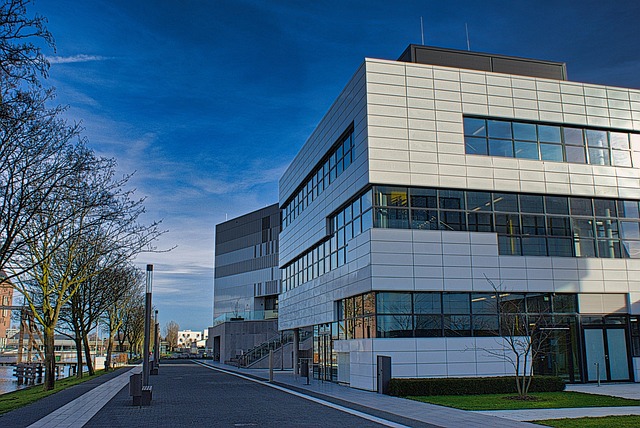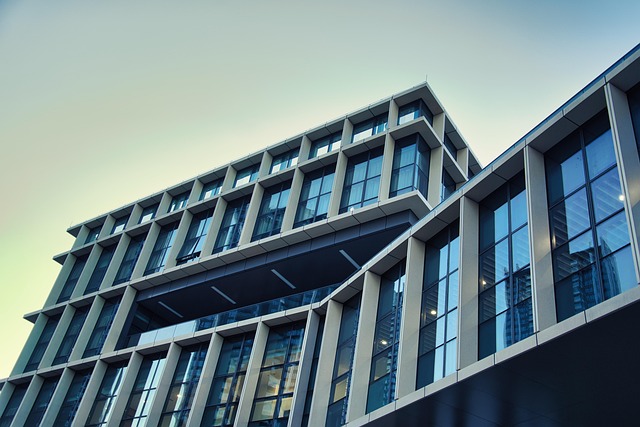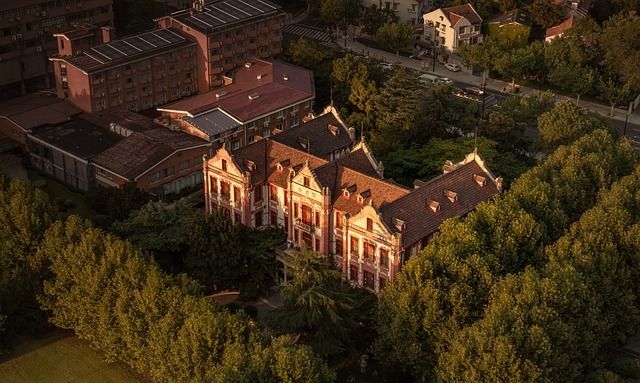Eugene, Oregon's urban development is shaped by its historical logging industry, with the Willamette River as a central resource. The city's infrastructure and cultural identity reflect this legacy. Balancing economic benefits with environmental challenges, Eugene aims for sustainable future through strategic planning, eco-friendly practices, and green space expansion. Historical logging impacts have altered biodiversity and ecosystems, influencing urban development and native species survival. Logging heritage has driven economic growth, attracting businesses and services, while promoting diversification. Eugene prioritizes biodiversity conservation through responsible urbanization, setting a global standard for harmonizing progress with nature.
“Eugene, Oregon, has long been intertwined with the logging industry, shaping its historical landscape. This article explores the multifaceted influence of logging on the city’s growth, particularly in the context of Eugene urban development. From the lush forests to the bustling streets, we examine how past and present logging practices have impacted urban planning, natural resources, local ecosystems, and economic prospects, offering insights into balancing Eugene urban development with environmental conservation.”
- Historical Logging Presence in Eugene
- Urban Development vs. Natural Resources
- The Impact on Local Ecosystems
- Economic Growth and Job Creation
- Preserving Biodiversity Amidst Urbanization
Historical Logging Presence in Eugene

Eugene, Oregon, has long been recognized for its lush landscapes and vibrant natural beauty. Historically, the city’s economic fabric was significantly woven with threads from the logging industry. Since the late 1800s, when the first sawmills popped up along the Willamette River, Eugene has been a bustling hub for lumber production. This historical presence of logging has left an indelible mark on the region’s urban development. The industry’s legacy is evident in the city’s infrastructure, with many streets and neighborhoods named after prominent logging families and companies.
The dense forests surrounding Eugene provided a steady supply of timber, fueling the growth of local mills and contributing to the city’s prosperity. This historical logging activity has shaped not only the physical layout of the urban area but also its cultural identity. Today, as Eugene continues to evolve, remembering and understanding this past is crucial for appreciating the city’s unique character and preserving its connection to the natural landscape that surrounds it.
Urban Development vs. Natural Resources

Eugene, like many cities, faces a delicate balance between urban development and preserving its natural resources. The logging industry, a cornerstone of the region’s history, has left an indelible mark on the city’s landscape. While it has contributed to economic growth, it also presents challenges in terms of environmental conservation. As Eugene urban development expands, there is a growing need to integrate sustainable practices that protect the area’s unique natural tapestry.
The conflict between urban progress and natural preservation highlights the importance of strategic planning. In navigating this labyrinthine issue, Eugene can become a model for harmonious coexistence by embracing innovative solutions. This includes promoting eco-friendly logging practices, enhancing green spaces within the city, and encouraging sustainable urban design that respects and incorporates the surrounding natural resources.
The Impact on Local Ecosystems

The logging industry’s presence in and around Eugene has had a profound impact on local ecosystems, shaping the city’s natural landscape over time. The extensive harvesting of forests for timber has led to significant changes in the region’s biodiversity. Many native plant species have been disrupted or even lost due to large-scale deforestation, as trees provide essential habitats for various flora and fauna. This disruption can cause a cascade effect on the food chain, affecting both wildlife and water quality.
Eugene’s urban development has been influenced by these ecological shifts. As forests are cleared, the city expands into previously untouched areas, often leading to the conversion of wild landscapes into residential or commercial zones. This rapid urbanization further fragments habitats, isolating remaining forest patches and posing challenges for native species’ survival. Understanding these impacts is crucial for sustainable urban planning in Eugene, ensuring the city’s growth aligns with the preservation of its unique natural heritage.
Economic Growth and Job Creation

Eugene, with its rich natural resources, has long been a hub for the logging industry, driving significant economic growth and job creation within the region. The industry’s impact on the city’s urban development is evident in various ways. Firstly, it has contributed to the local economy by providing stable employment opportunities, attracting businesses related to forestry, and fostering a robust supply chain. This, in turn, has led to an influx of workers and their families, stimulating demand for housing, services, and infrastructure. As a result, Eugene has experienced expansion and modernization in its urban landscape, with developments tailored to cater to the needs of this growing population.
Moreover, the logging industry’s presence has encouraged the diversification of local businesses, such as those offering forestry equipment, logistics, and eco-tourism. This economic diversity strengthens Eugene’s resilience and provides alternative avenues for growth, especially in light of the ever-changing global market dynamics. The city’s ability to leverage its natural resources for urban development is a testament to its adaptability and strategic planning, ensuring a thriving and sustainable future.
Preserving Biodiversity Amidst Urbanization

Eugene, with its vibrant urban landscape, is a city that beautifully weaves together modern development and the preservation of natural spaces. Amidst the urban growth, the logging industry’s legacy remains evident in the city’s commitment to biodiversity conservation. As Eugene urban development continues to shape the horizon, efforts to protect and restore native ecosystems become increasingly vital.
The city’s diverse flora and fauna, once impacted by extensive logging practices, are now at the forefront of environmental initiatives. Through strategic planning and community engagement, Eugene strives to create a harmonious coexistence between urbanization and biodiversity. This involves implementing sustainable logging techniques, revamping urban greening efforts, and fostering public awareness about the importance of native species preservation. By embracing these measures, Eugene sets an example for other urban centers, demonstrating that responsible development can hand-in-hand with ecological stewardship.
